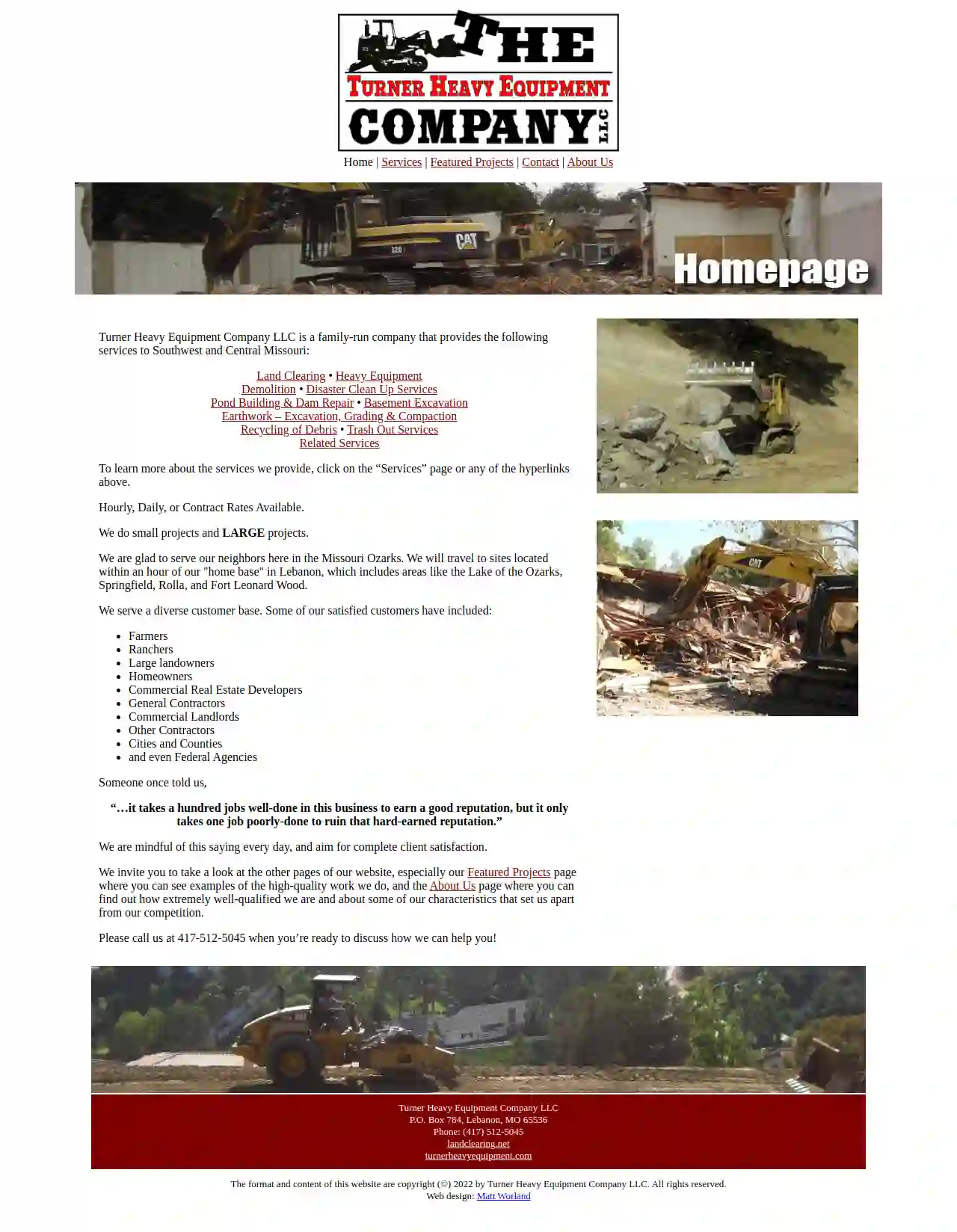Dirt Contractors Santa Clarita
Top 10 Dirt Contractor in Santa Clarita
Receive 3 FREE Dirt Contractor quotes for your project today! Compare profiles, reviews, accreditations, portfolio, etc... and choose the best service.

Sand Building Materials
4.422 reviewsSanta Clarita, CA, 16641 Sierra Highway, 91351, USAt Sand Building Materials, we're proud to have been serving the San Fernando Valley, Santa Clarita Valley, and San Gabriel Valley for over a decade. Our family-owned business has been providing top-notch masonry, landscaping, and building materials to homeowners, contractors, and builders alike. With a huge selection of products, including natural stone, pavers, sealers, decorative rock, sand, and gravel, we're your one-stop shop for all your construction needs. Our team of experts is dedicated to providing exceptional customer service, ensuring that every project is completed to the highest standards. Whether you're a seasoned contractor or a DIY enthusiast, we invite you to explore our website, visit one of our locations, or give us a call to learn more about how we can help bring your vision to life. Become a Preferred Contractor and receive referrals from us! We're hiring, so if you're passionate about the construction industry and want to join our team, check out our job openings. Contact us today to learn more about our products, services, and how we can help you achieve your construction goals.
- Services
- Why Us?
- Gallery
Get Quote
Booth Grading & Excavating
53 reviews2149 Carson Mesa rd., Acton, 93510, USBooth Grading & Excavating A California Corporation California Contractors License #963537 Dedicated to Quality, Excellence and Dependability!
- Services
- Why Us?
- Gallery
Get Quote
Magnum Land Clearing Inc.
1Santa Clarita, US- Services
- Why Us?
Get Quote
Over 3,943+ Excavation Contractors on our directory
Our excavation companies operate in Santa Clarita & beyond!
ExcavationHQ has curated and vetted the Best Excavation Companies arround Santa Clarita. Find the most trustworthy pro today.
Frequently Asked Questions About Dirt Contractors
- Large-Scale Excavation: Assessing soil conditions, designing slopes, and ensuring stability for large excavation projects.
- Foundation Design: Determining the appropriate foundation type and depth based on soil bearing capacity and other factors.
- Retaining Walls: Designing retaining walls to stabilize slopes, prevent erosion, or create level areas on sloped sites.
- Slope Stability Analysis: Evaluating the stability of slopes and recommending measures to prevent landslides or erosion.
- Contaminated Soil Remediation: Developing and implementing plans to clean up contaminated soil.
- Clear the Area: Remove any obstacles, such as furniture, toys, or landscaping features, from the designated delivery zone.
- Mark Utilities: Contact your local utility companies to have underground utilities, such as water lines, gas lines, or electrical cables, marked to prevent accidental damage during delivery.
- Protect Existing Landscaping: Cover or move any valuable plants, shrubs, or trees that might be affected by the dirt delivery.
- Provide Access: Ensure the delivery truck has clear access to the delivery zone, including wide enough gates or driveways.
- Communicate with the Contractor: Discuss any specific instructions or concerns you have with the dirt contractor before delivery day.
- Plant Selection: Understanding your soil's pH and nutrient levels helps you choose plants that will thrive in those conditions.
- Fertilizer Recommendations: Soil tests reveal nutrient deficiencies, allowing you to apply appropriate fertilizers to meet plant needs.
- Soil Amendments: Identify soil imbalances, such as compaction or high clay content, and recommend amendments to improve soil structure and drainage.
- Construction Projects: Assess soil bearing capacity and other properties to ensure the stability and safety of foundations and other structures.
- Environmental Assessments: Detect potential soil contamination and determine the need for remediation.
- **Good Drainage:** Allows excess water to drain away, preventing waterlogging and root rot.
- **Adequate Aeration:** Provides sufficient air pockets for root respiration.
- **Nutrient Retention:** Holds onto essential nutrients for plant uptake.
- **Easy to Work With:** Not too heavy or too light, making it manageable for digging and planting.
What is a soil engineer, and when might I need one?
How do I prepare my yard for dirt delivery?
What is a soil test, and why is it important?
What is the best type of dirt for my garden?
What is a soil engineer, and when might I need one?
- Large-Scale Excavation: Assessing soil conditions, designing slopes, and ensuring stability for large excavation projects.
- Foundation Design: Determining the appropriate foundation type and depth based on soil bearing capacity and other factors.
- Retaining Walls: Designing retaining walls to stabilize slopes, prevent erosion, or create level areas on sloped sites.
- Slope Stability Analysis: Evaluating the stability of slopes and recommending measures to prevent landslides or erosion.
- Contaminated Soil Remediation: Developing and implementing plans to clean up contaminated soil.
How do I prepare my yard for dirt delivery?
- Clear the Area: Remove any obstacles, such as furniture, toys, or landscaping features, from the designated delivery zone.
- Mark Utilities: Contact your local utility companies to have underground utilities, such as water lines, gas lines, or electrical cables, marked to prevent accidental damage during delivery.
- Protect Existing Landscaping: Cover or move any valuable plants, shrubs, or trees that might be affected by the dirt delivery.
- Provide Access: Ensure the delivery truck has clear access to the delivery zone, including wide enough gates or driveways.
- Communicate with the Contractor: Discuss any specific instructions or concerns you have with the dirt contractor before delivery day.
What is a soil test, and why is it important?
- Plant Selection: Understanding your soil's pH and nutrient levels helps you choose plants that will thrive in those conditions.
- Fertilizer Recommendations: Soil tests reveal nutrient deficiencies, allowing you to apply appropriate fertilizers to meet plant needs.
- Soil Amendments: Identify soil imbalances, such as compaction or high clay content, and recommend amendments to improve soil structure and drainage.
- Construction Projects: Assess soil bearing capacity and other properties to ensure the stability and safety of foundations and other structures.
- Environmental Assessments: Detect potential soil contamination and determine the need for remediation.
What is the best type of dirt for my garden?
- **Good Drainage:** Allows excess water to drain away, preventing waterlogging and root rot.
- **Adequate Aeration:** Provides sufficient air pockets for root respiration.
- **Nutrient Retention:** Holds onto essential nutrients for plant uptake.
- **Easy to Work With:** Not too heavy or too light, making it manageable for digging and planting.